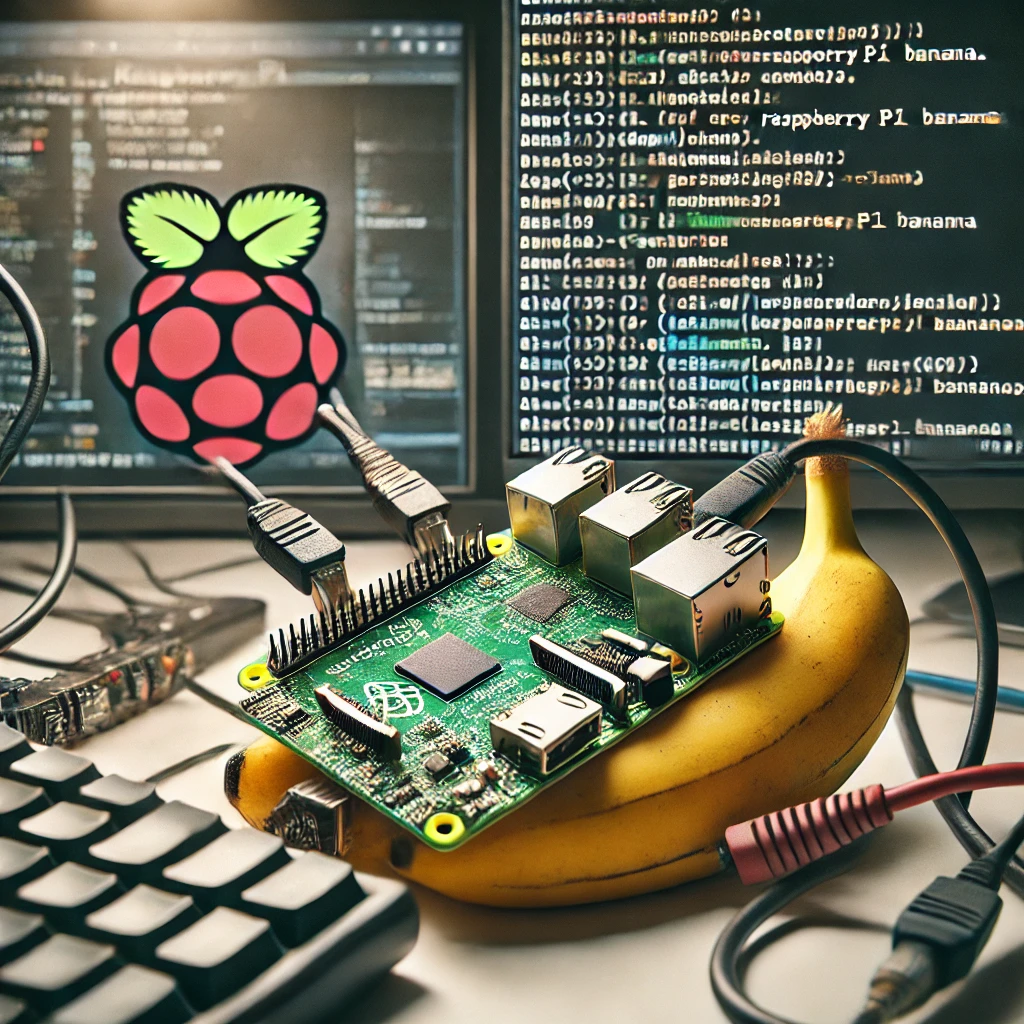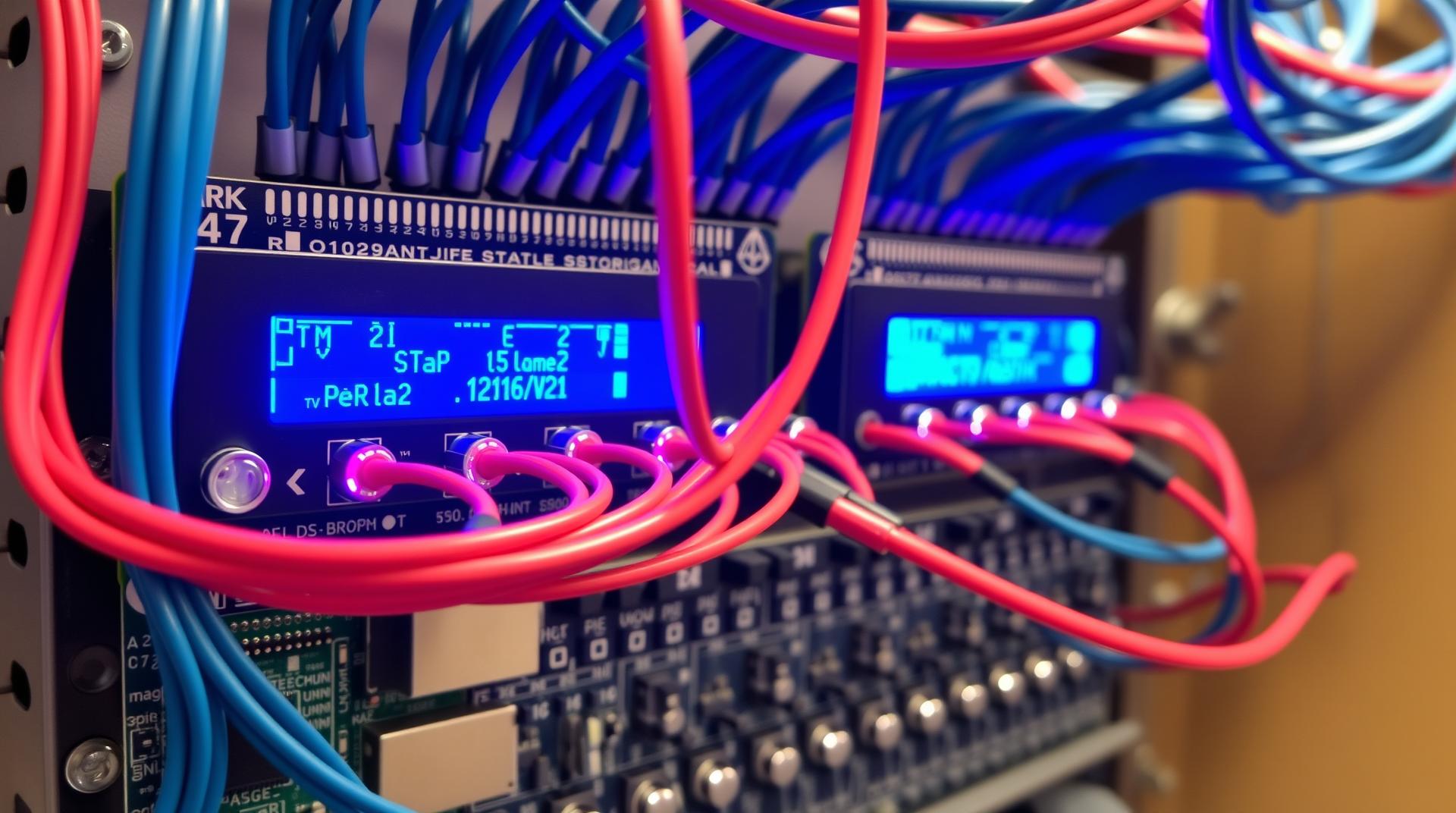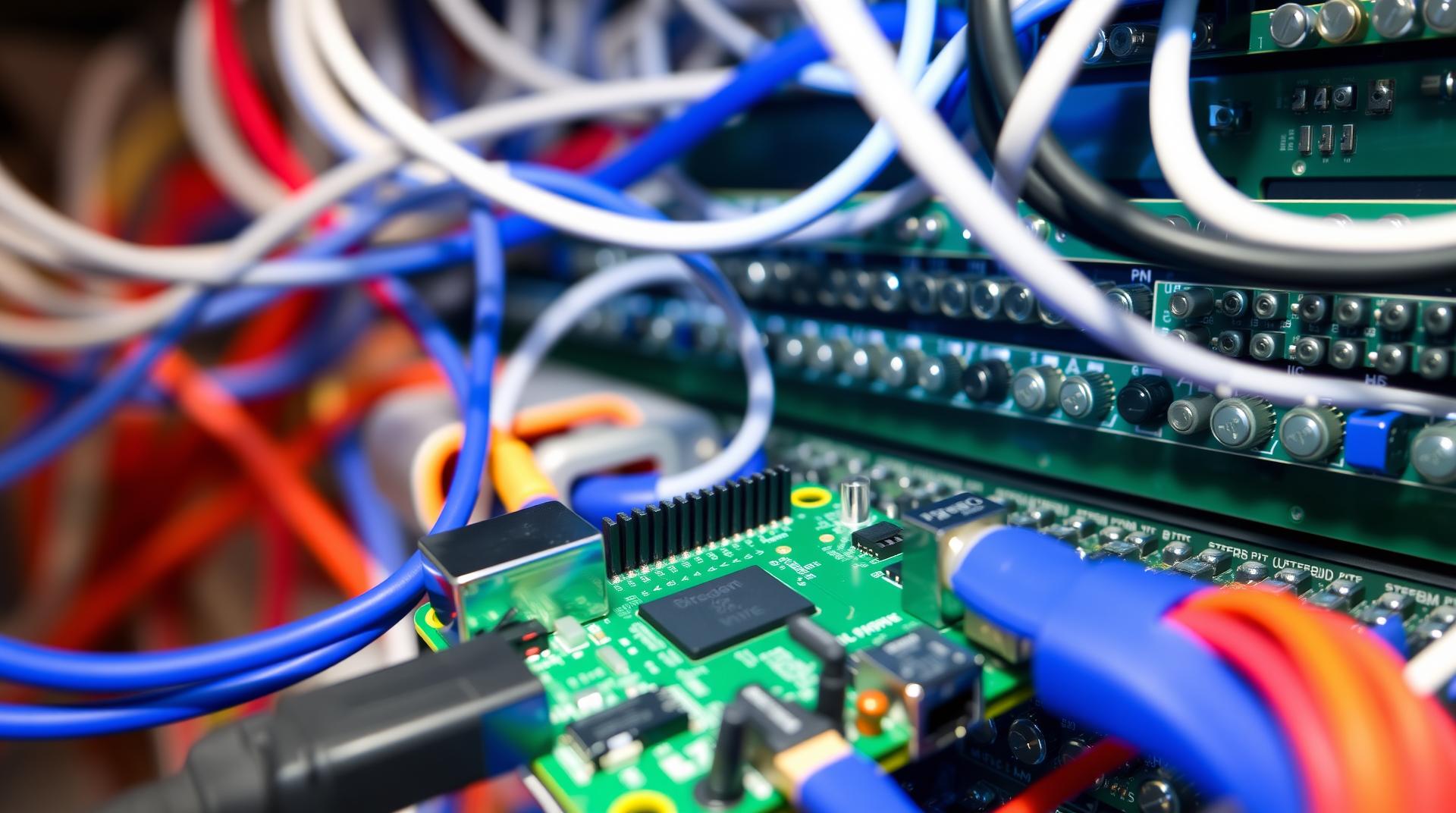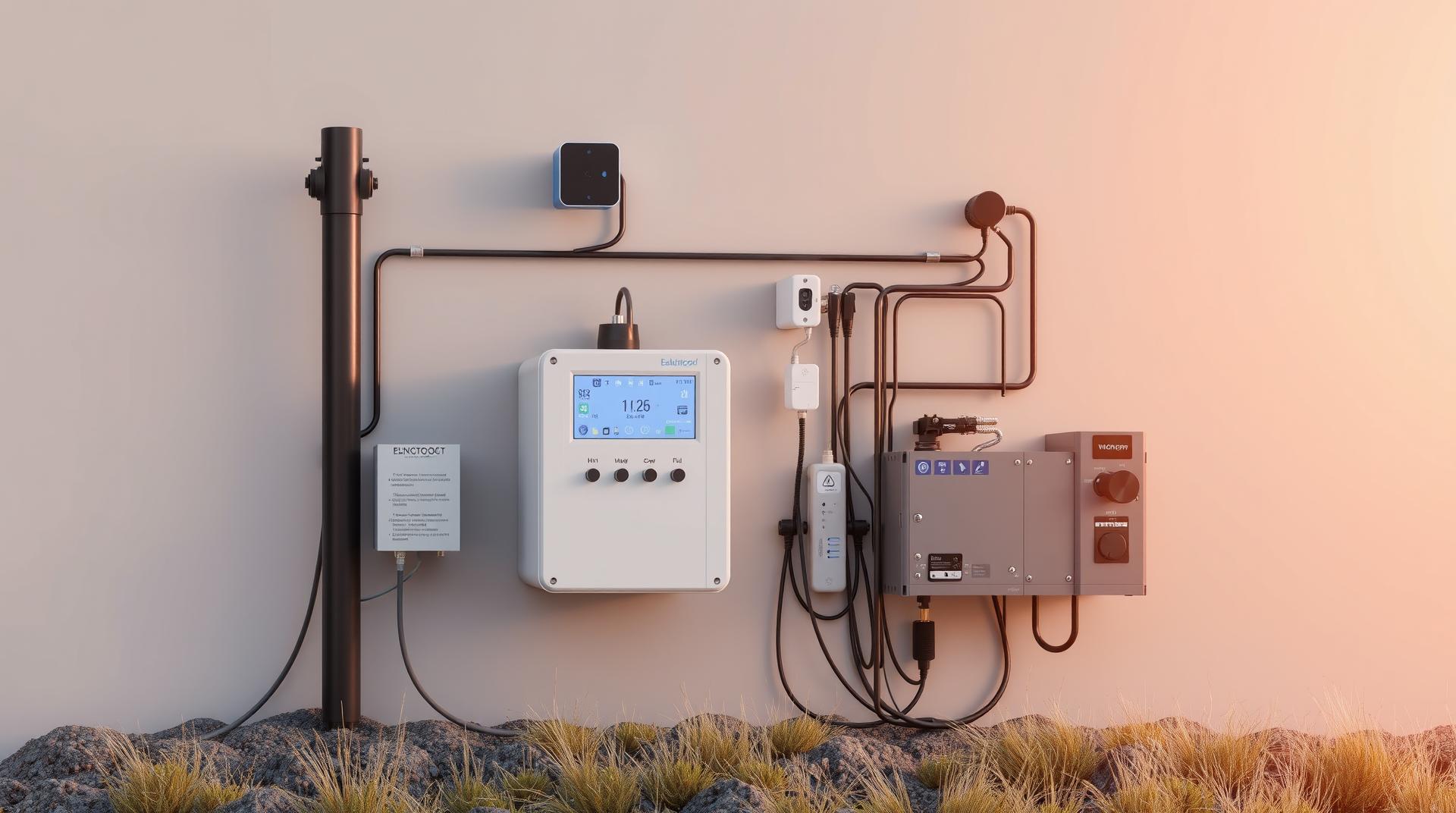In the world of DIY electronics, single-board computers like the Raspberry Pi and Banana Pi have become essential tools for hobbyists and tech enthusiasts. But which one is the best fit for your next project? While Raspberry Pi is widely popular, Banana Pi offers a compelling alternative with unique features that could make all the difference for specific use cases. In this article, we’ll compare the two to help you decide.
Key Differences Between Raspberry Pi and Banana Pi
Both Raspberry Pi and Banana Pi are designed to handle various DIY and tech projects, but there are several key differences between the two that can sway your choice.
1. Performance
- Raspberry Pi: Known for its quad-core ARM Cortex-A72 CPU, the Raspberry Pi 4 is a powerful option for basic computing tasks and robotics.
- Banana Pi: The latest Banana Pi models offer octa-core processors, making them more powerful for CPU-intensive applications like AI and machine learning.
2. Connectivity
- Raspberry Pi: Offers built-in Wi-Fi, Bluetooth, and multiple USB ports. It is great for projects requiring wireless connections.
- Banana Pi: Provides similar connectivity options but often includes additional features like SATA ports, which can be useful for network storage projects.
3. Price
While both boards are affordable, Banana Pi typically costs slightly more than Raspberry Pi. However, for projects requiring more power, the extra investment might be worth it.
Best Use Cases for Raspberry Pi
- Home Automation: Raspberry Pi is perfect for running a home automation system like Home Assistant.
- Education: With a massive community and a wealth of resources, Raspberry Pi is ideal for beginners looking to learn coding, robotics, and electronics.
Best Use Cases for Banana Pi
- NAS (Network Attached Storage): Banana Pi’s superior processing power and additional ports make it great for setting up a home NAS.
- AI Projects: The extra processing power in Banana Pi makes it a strong contender for machine learning and AI development.





